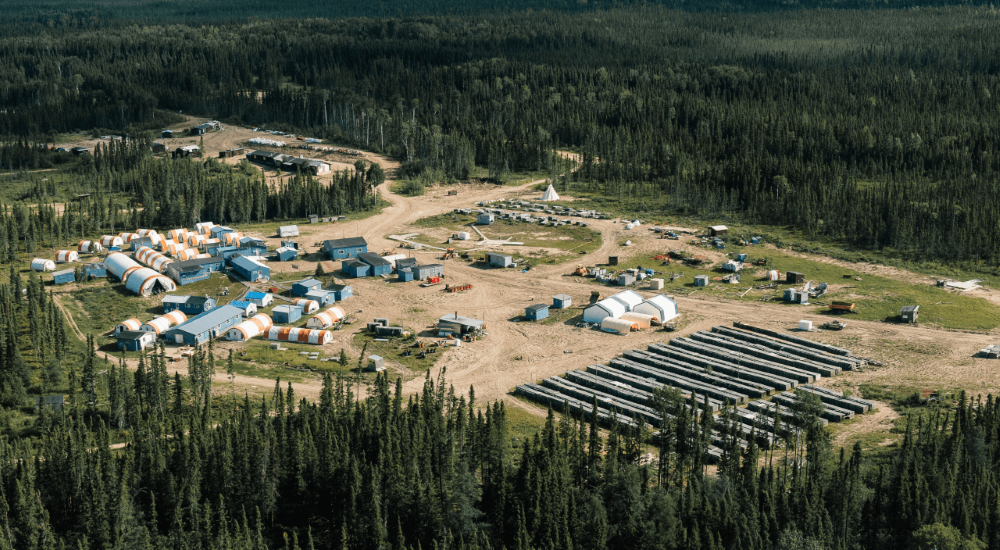Wyloo looks ahead to Ring of Fire development despite Indigenous resistance

Kristan Straub, CEO of Wyloo Metals Canada, earlier this week addressed business leaders in Thunder Bay, Ontario, where he updated his audience on the company’s plan for Ontario’s Ring of Fire properties and how engagement with First Nations is conducted.
Straub talked about the Eagle’s Nest high-grade nickel-copper-platinum group metals (PGM) project 500 km east of Thunder Bay. He is confident that a sustainable operation can be developed. A blasthole open stoping, 3,000-t/d underground mine is planned with annual output of 3.3 million lb. nickel, plus 1.3 million lb. copper, 70,000 oz. palladium and 22,000 oz. platinum.
Mine planning is underway for an updated feasibility study next year. During this time environmental studies and permitting activities are underway. The current timeline calls for construction to begin in 2027 and production by the end of 2030.
There is, however, resistance to the project voiced by Indigenous leaders. The province considers there are nine First Nations to be within the Ring of Fire. Two of them – Webequie and Marten Falls – have signed memorandums of understanding with Wyloo and are leading the environmental assessment on a proposed road to the Ring of Fire. When the road is complete, it should open the area to more prospecting and additional mineral discoveries.
Ten of the First Nations from Treaty 9 have gathered under the banner of the Land Defence Alliance. They oppose mining on their territories, wanting to protect their lands and waters.
Wyloo has set itself up to be the one of the world’s leading pure-play nickel producers outside of Russia. The company won a bidding war in 2021 for the Canadian junior Noront Resources, renaming it Ring of Fire. Then in 2023 it acquired Mincor Resources, an Australian company, and last September combined all the assets under the Wyloo Metals name.
The Wyloo portfolio includes mines at Kambalda in Western Australia, the Eagle’s Nest development in Ontario, and prospects in the Cape-Smith belt in Quebec.
{{ commodity.name }}
{{ post.title }}
{{ post.date }}

Comments